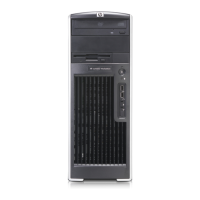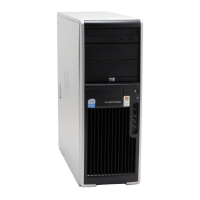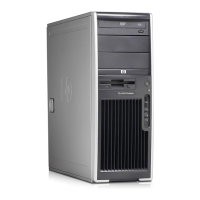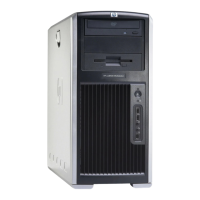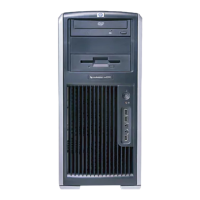66 REMOVAL AND REPLACEMENT PROCEDURES
Handle electrostatic sensitive components, parts, and assemblies by the case or PCB laminate.
Handle them only at static-free work areas.
Turn off power and input signals before inserting and removing connectors or test equipment.
Use fixtures made of static-safe materials when fixtures must directly contact dissipative surfaces.
Keep work area free of nonconductive materials, such as ordinary plastic assembly aids and
Styrofoam.
Use field service tools, such as cutters, screwdrivers, and vacuums, that are conductive.
Recommended Materials and Equipment
Materials and equipment that are recommended for use in preventing static electricity include:
Antistatic tape
Antistatic smocks, aprons, or sleeve protectors
Conductive bins and other assembly or soldering aids
Conductive foam
Conductive tabletop workstations with ground cord of one-megohm ± 10% resistance
Static-dissipative table or floor mats with hard tie to ground
Field service kits
Static awareness labels
Wrist straps and footwear straps providing one-megohm ± 10% resistance
Material handling packages
Conductive plastic bags
Conductive plastic tubes
Conductive tote boxes
Opaque shielding bags
Transparent metallized shielding bags
Transparent shielding tubes
Tools and Software Requirements
Torx T-15 screwdriver or Flat-bladed screwdriver (can be used in place of the Torx screwdriver)
Diagnostics software
Screws
The screws used in the workstation are not interchangeable. They might have standard or metric threads
and might be of different lengths. If an incorrect screw is used during the reassembly process, it can
damage the unit. HP strongly recommends that all screws removed during disassembly be kept with the
removed part, then returned to their proper locations.

